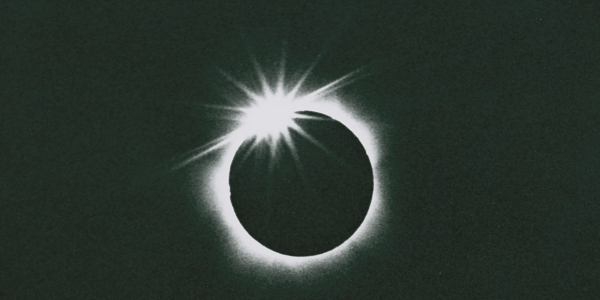PUTNEY — On March 7, 1970, I took off from the Claremont, N.H. airport in a rented Cessna 175 and headed for Nantucket Island to see the eclipse of the sun.
The week before, I learned both of the coming eclipse and that its totality would miss the U.S., with the sole exception of our destination.
My passengers - son Chris, my companion Nancy, and John MacArthur, astronomer and science professor at Marlboro College - met at my house in Putney and got to the airport as the sky lightened. We rolled the airplane out of the hangar, did the preliminaries and took off to the southeast.
Mt. Monadnock passed under our right wing, then the tall buildings of Boston off on our left. After a while, the outlines of Buzzards Bay, Cape Cod, and the islands came into view.
Crossing the shoreline, I throttled back to begin a gradual descent, as I peered ahead at our destination and at something else I didn't understand.
The air above the island was full of tiny specks, like a swarm of insects. I dialed in the Nantucket tower frequency on the radio to announce my arrival, and I heard a cacophony of overlapping voices in reply.
As we drew closer, it dawned on me: “John, it appears we are not the only ones interested in seeing the eclipse.”
* * *
There must have been at least 35 small planes circling at about 1,000 ft. above the island.
To handle the crowd, Nantucket tower had established two holding patterns where pilots were instructed to circle while waiting their turn to land. I was assigned the Tuckernuck circle.
I inserted us into the slow-flight merry-go-round, pulled a notch of flaps, and settled in to wait.
On the radio, pilots were begging to jump the line, saying they were low on fuel. The tower recommended they land at an airport on the Cape, which would have rendered their respective journeys pointless, as anything less than totality is the about same as no eclipse at all.
After half an hour in our circle at 1,000 feet, we had ample time to study Tuckernuck, an island that had once been the western tip of Nantucket Island before a hurricane cut it off with a sizable channel. Football shaped, a mile long, it had a few houses under trees along the shoreline, woods, and in the middle a bit of unused pasture.
Then my attention was caught by a plane far below me, making a low pass over the cleared land. I switched my radio to the plane-to-plane frequency and heard talk between that pilot and a friend up in our circle.
“It looks pretty good. I'm going to try it,” the pilot said. I watched as he came around again and made a landing. He reported back that it was smooth, no problem.
Understand that airplanes are very delicate and expensive … and full of gasoline. Off-field landing is ill-advised and not done. On the other hand, I now noticed at the ends of the field, almost obscured by grass, an L-shaped arrangement of boards that suggested that this had once been someone's private landing field.
Another plane dropped below our circle, made its approach, and landed. I followed as number three, flying in as slowly as I could stay in the air, and I made a smooth landing. It was still a half hour before the total eclipse when I parked beside the other two and shut down. We deplaned to explore the area.
By the time of the eclipse, at least 15 aircraft were parked wingtip to wingtip, facing the impromptu runway. We had become a major airport!
* * *
We found a good spot on a dune overlooking the sea. We picnicked and waited. The light was still almost normal, but dimming. The color was not like twilight, it was not rosy but cobalt gray blue.
The birds knew something was up; the gulls were landing, making themselves comfortable for the night. The sky grew increasingly purple-gray, as it does on a cloudy day. I stared over the sea in the direction from which the shadow would come.
Suddenly, something like a bruise appeared in the air above the horizon. It expanded in an instant to sweep around and engulf us. This motion was so dramatic that it seemed there was a whoosh!, but of course there wasn't.
Then it was deep night, silent, no wind, and suddenly cold. The moon, lit by the reflection from the Earth, was black with deep, coppery red tint. On the horizon all around: a rich reddish fringe to the black. The stars twinkled.
A Bonanza flew by us, and I thought, “I would hate to be up in that air” - an illogical thought, but the atmosphere was surreal. There was such a sense of the hugeness of what was going on that I felt that little gnat of an airplane had no business getting mixed up in it.
And then it was past; it was daylight again. The birds resumed their bird affairs; a light breeze came up.
We people, dazzled, got into our airplanes, trundled in a polite row down to the end of the field, and flew home.
